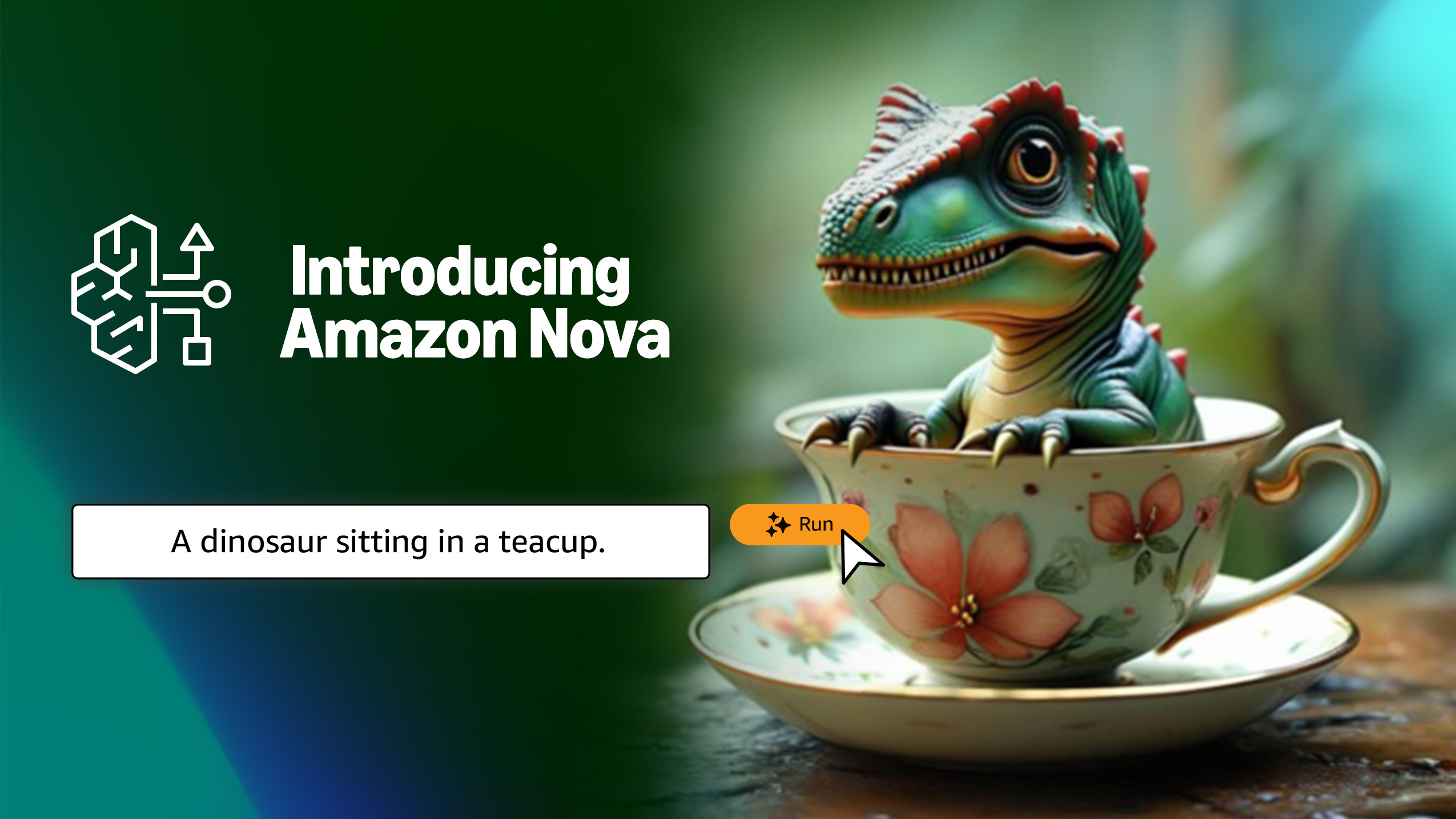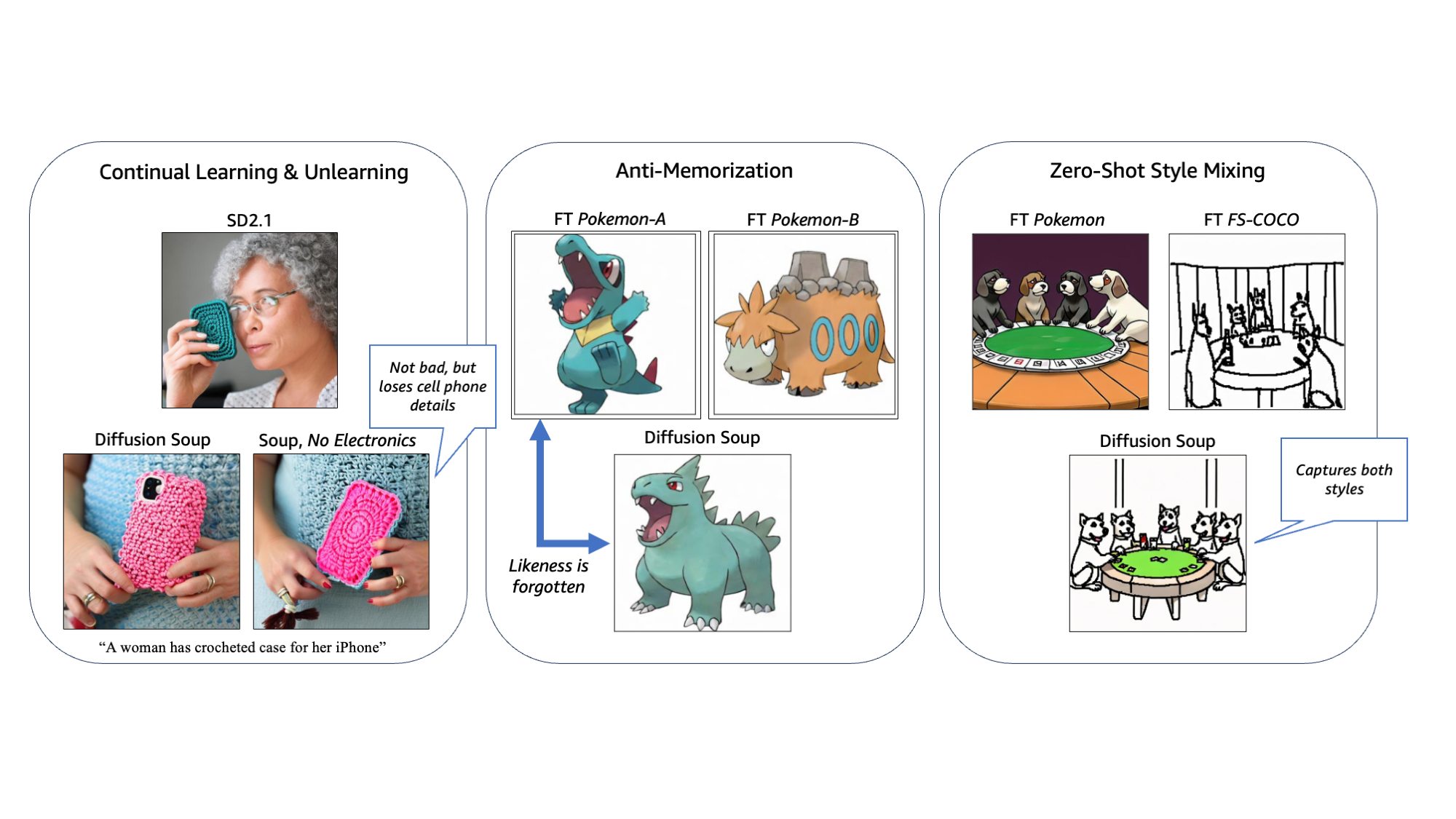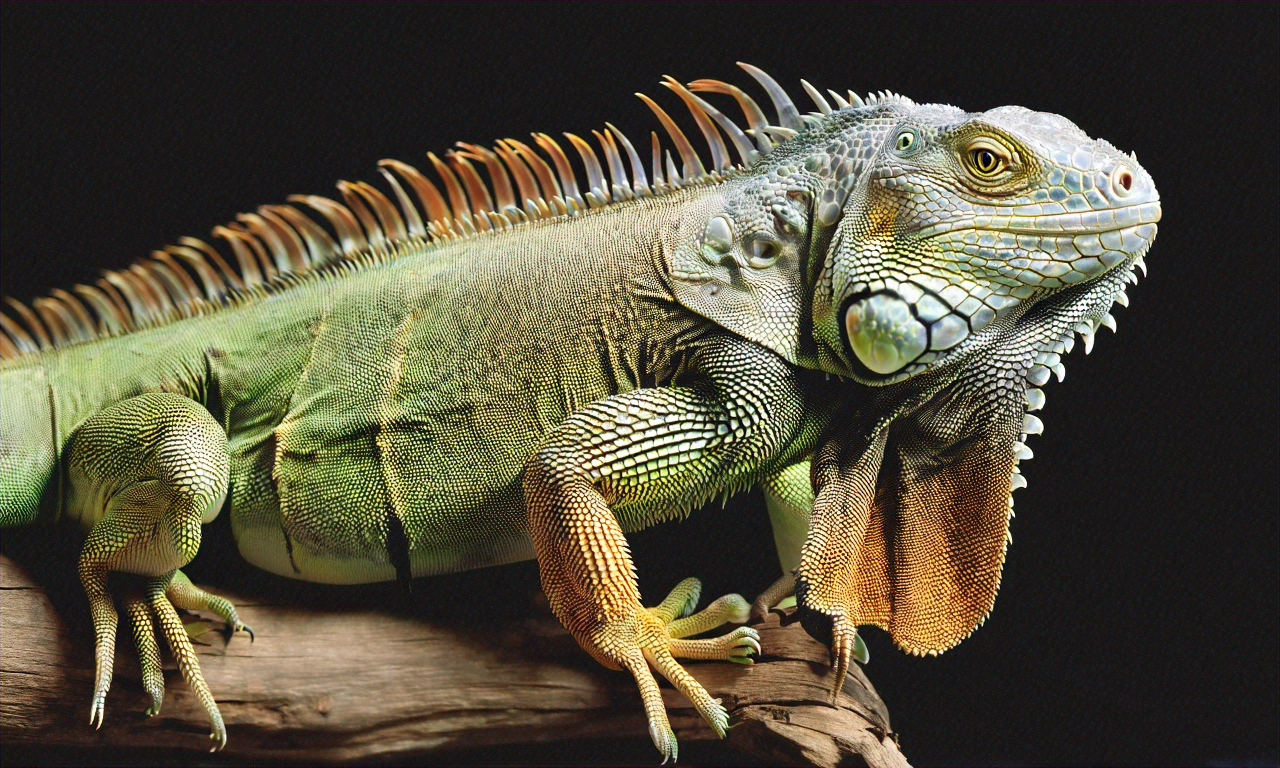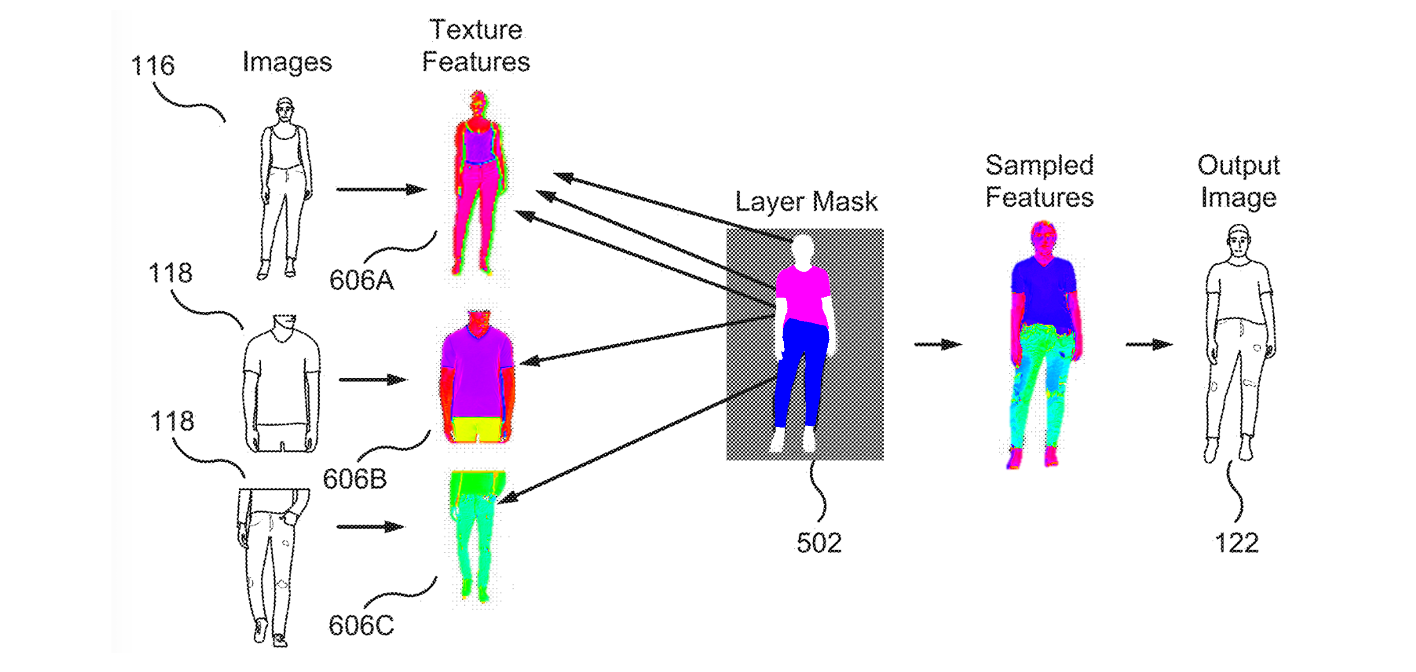
About Me
I am a Senior Applied Scientist in the AGI team at Amazon, where I work on advancing research in image/video diffusion models and multimodal large language models.
Most recently, I worked on the Amazon Nova family of generative models which you can read about in the technical report.
I received my PhD in Computer Vision & Deep Learning from the University of Cambridge where I focused on 3D reconstruction of human and animal categories.
Outside the lab, I am a pianist, singer, theatre-goer and runner. I've also recently realised a true passion for skiing!
Name
Benjamin Biggs
Position
Senior Applied Scientist, Amazon AGI
Address
San Francisco, California, United States







